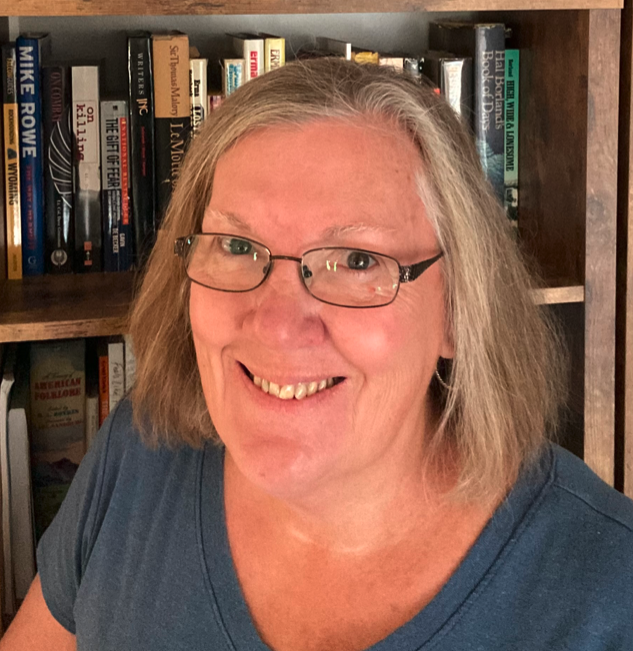
By KAREN MADORIN
I’ve grown up hearing America called the melting pot of the world. If you spend time traveling Kansas, you can visualize the Sunflower State as the biggest bubble in that boiling mess.
In a few hours' time, travelers can visit Lebanon, Denmark, Norway, and the misleading Cuba. During that journey, drivers can drop south to Glasco, named for Glasgow, Scotland. A state of many cultures, Kansas evidences not only town names but also structures designed to honor old-country customs.
Cruising our state checking out churches, schools, barns, old homes, and main streets delivers evidence identifying ethnic communities. It doesn’t take long to realize our ancestors brought their languages, customs, and architecture from homelands and recreated it in a region with little moisture and few trees.
My favorite discoveries includes Bohemian Halls. Once I spot one, I think immediately of either my favorite American writer Willa Cather or of singer Chuck Suchy and his lyrics celebrating Bohemian culture.




For years, I thought Wilson, Kansas, was the main destination for immigrant Czechs. Recently, I learned that Bohemians settled multiple regions of our state.
Ironically, one such community is named Cuba, Kansas, off Highway 36. It has a wonderful ethnic hall where Bohemian families gathered on Friday and Saturday nights to socialize and dance.
It would have been a place to speak and hear a longed-for native language, evidenced by Ćeska Narodin Sin written above the entry. Not only is Cuba home to this Czechoslovakian National Hall, it also has a Czechoslovakian National Cemetery with tombstones inscribed in the language of pioneer homelands.
A short distance south, sightseers find a similar site in countryside near Delphos. Again, the closest town’s name misleads one to think of Aegean, not Czech, culture. Despite the confusing designation, this area welcomed Bohemian settlers who cooperatively built this structure for common use.
Current residents maintain the building and grounds, continuing a longstanding tradition that continues to link residents of surrounding communities.

Bull City Café in Alton is close enough to visit during the same trip. What does that have to do with Bohemian halls, you ask?
In a former incarnation, the building was a Czech cultural center near Claudell. At some point, townspeople moved this edifice into Alton to serve as a local eatery. Once inside, view Czech exhibits that document this structure’s history. In addition, current operators have preserved the old stage so visitors can see where musicians of old played and sang native music.
These sites identify only a few of the Bohemian communities in our state. Interested folks can spend the rest of their lives cruising blue highways. Along the way, they’ll discover scores of tiny towns settled by people who brought their culture and halls to a new country.
If walls could talk in these old buildings, I wouldn’t understand a word. I would, however, recognize festive polka rhythms and other folk dances as well as shooshings all mothers use to soothe tired little ones.
After decades of teaching high school, I’d swiftly identify the laughter of flirting couples. Some forms of communication are universal.
I hope these small towns find resources to preserve treasured remnants of a not so distant past. Such structures relay the stories of dreamers who came to Kansas seeking a good life on the prairie.
Karen Madorin is a retired teacher, writer, photographer, outdoors lover, and sixth-generation Kansan.






